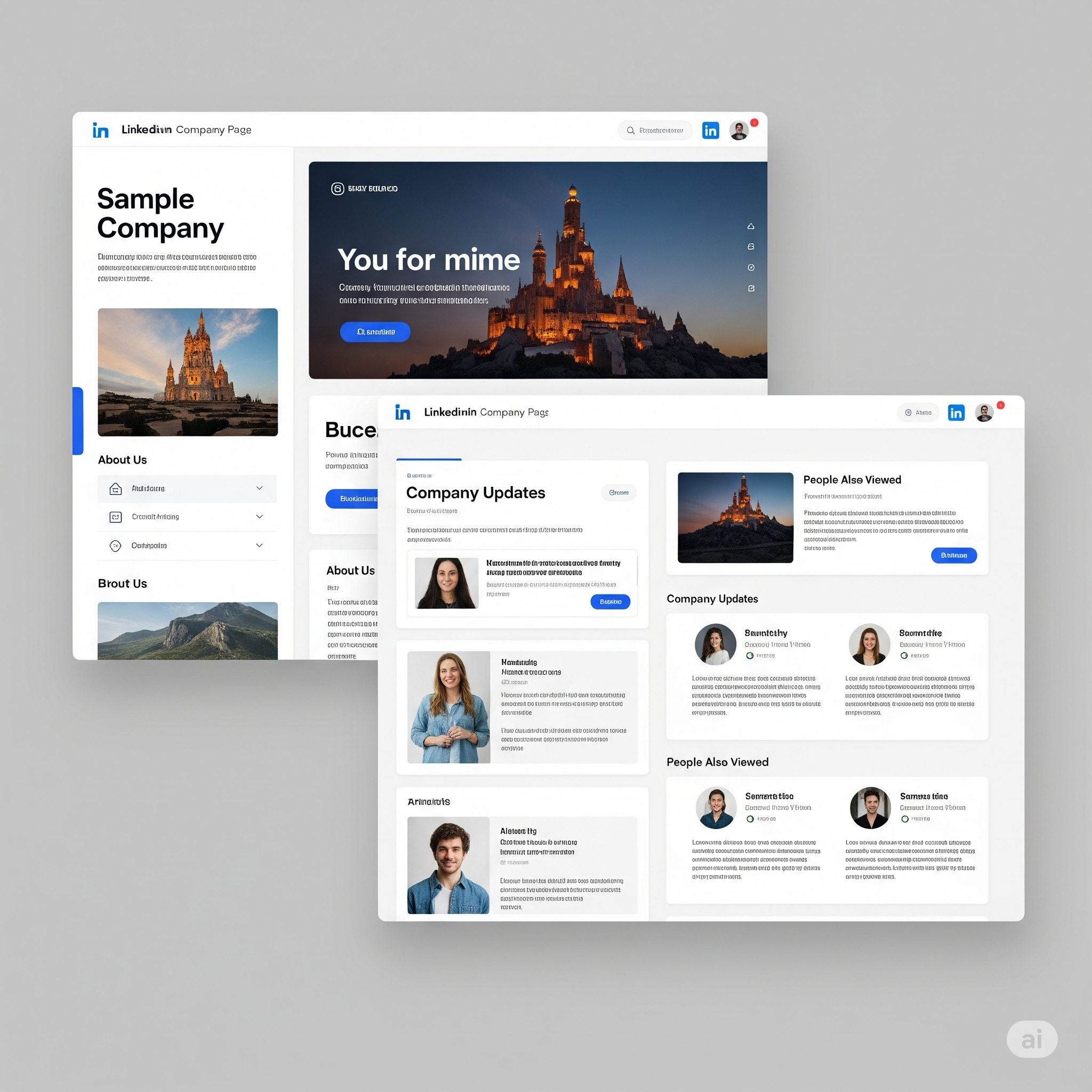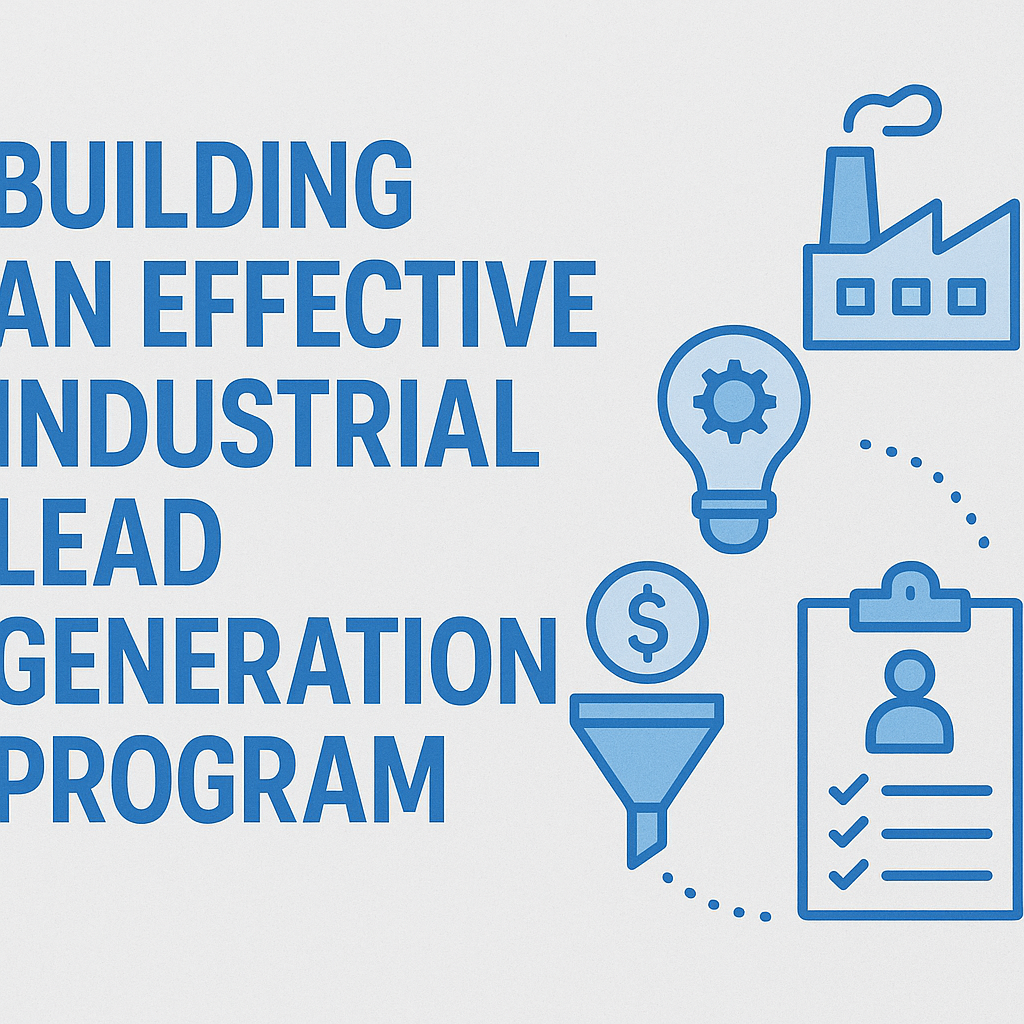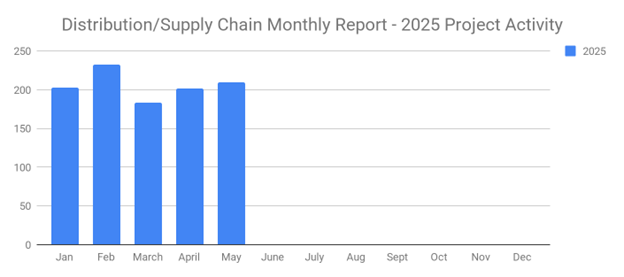
Making adjustments to your sales process has been challenging. You’re probably still hoping that virtual selling will all go away eventually, but will it? In May, McKinsey released the results of a survey conducted to B2B decision makers. They found that remote selling is now the norm and perceived to be effective. 96% of B2B companies have shifted their go to market model while 65% believe the new model is just as effective or more effective than before. This statistic is up from 60% in early April. Clearly, virtual selling isn’t going anywhere.
Calling Efforts
You made prospecting calls before, and you’ll continue to make calling efforts now. Many of your prospects are still on the job in the facility because their job requires them to be there. If they perform some of their tasks virtually, or from home, companies have now figured out a way to forward their office calls.
Does any of your conversation change? No.
Are you still asking for an appointment? Yes.
If the prospect isn’t taking ‘in-person’ appointments, your meeting will be virtual.
Preparing for the Meeting
This might seem basic, but I’ve been on enough videoconferencing calls that it’s vital to mention this to you. Dress professionally, the same way as if you were in person. Your appearance still makes a statement about you and your company. If you didn’t dress in a t-shirt when going on-site, why would you now?
Next, your company has already chosen a platform for virtual meetings. GoTo Meeting, Zoom, Skype are some of the more popular platforms. Be sure to take the time to learn the features of the platform, such as ‘record’. Here’s why.
Prior to the meeting, inform your prospect to use their cell phone for the meeting. This will help them to be mobile. As you are asking qualifying questions, often the prospect will want to show you the issue or their current solution. If you were on-site, you would walk out to the facility and ‘see’ it for yourself. This time, the prospect goes into the facility and uses his phone to show you. By using the ‘record’ feature, you can now go back and re-watch and/or zoom in. No different than if you took pictures or video on-site.
While the prospect is in the facility, you may ‘hear’ or ‘see’ another person communicating with your prospect. Ask who that person was. If it’s someone you believe can be of value, ask the prospect if you can introduce them to you…while they are there in the facility. Isn’t that what you would do anyway?
Meeting Day
On your meeting day, get online 10 minutes before you are to begin. Test out the virtual meeting software to ensure the sound and video works well. It’s also a great time to do a quick check on how you look, and how your background appears.
There’s been plenty of articles out there giving you tips on how to run a virtual meeting. Be prepared, set an agenda, be sure not to talk over each other. This is stuff we all know to do. Let’s focus on a couple of different aspects.
Facial Expressions – Just as you would ‘read’ their facial expressions to identify agreement or disagreement, video conferencing does the same. Continue to watch their reaction, their posture, if they are paying attention, providing eye contact etc. As in person, this will help you gauge their readiness to purchase your product or service.
Voice – if you are on a phone call, the person’s voice is a giveaway. I personally like voice calls. The voice can’t hide what the brain is thinking. It’s a great way to know if they are hesitant about your product or in agreement with your product / service offering. Now you know what questions to ask next.
Follow Up
At the end of your meeting, be sure to have your next appointment scheduled. You also want to ask their permission to email or call if you have additional questions. Gaining their agreement will help in getting a quicker response. It will also show them that you’re working on their problem.
Like you would normally, have your communications ready to go. eMail white papers, case studies, a new brochure, whatever you can to stay top of mind. When you do have that follow up meeting, you can refer to these pieces in your discussion to help lend credibility to what you are saying and selling.
Is Virtual Selling All that Different?
Sometimes it’s not about what’s new or different, but remembering the little things you took for granted. Becoming more aware of your meetings and making small adjustments is really all that is needed to becoming a selling virtual expert.
What to learn more? Get in Touch





